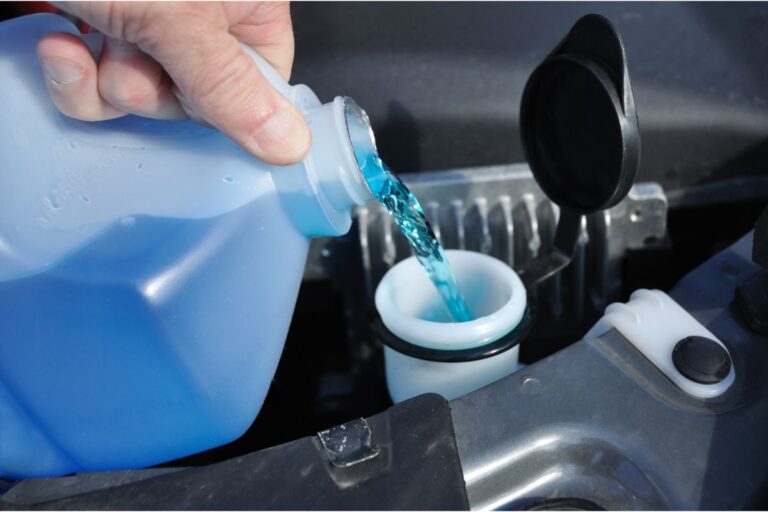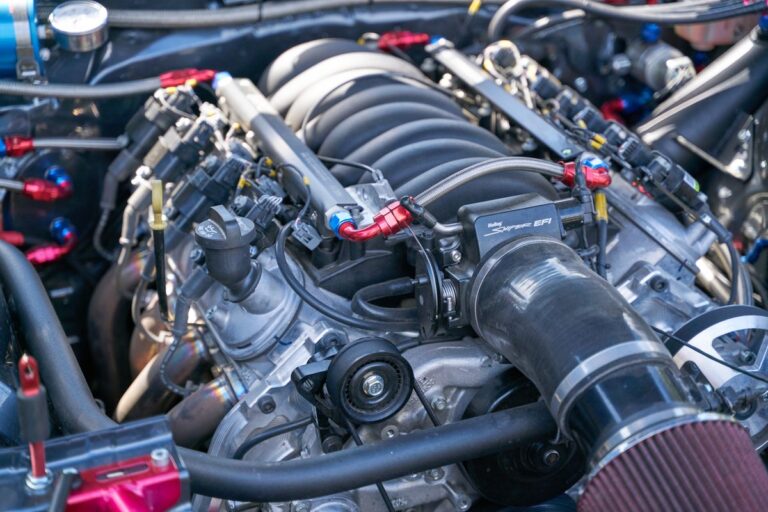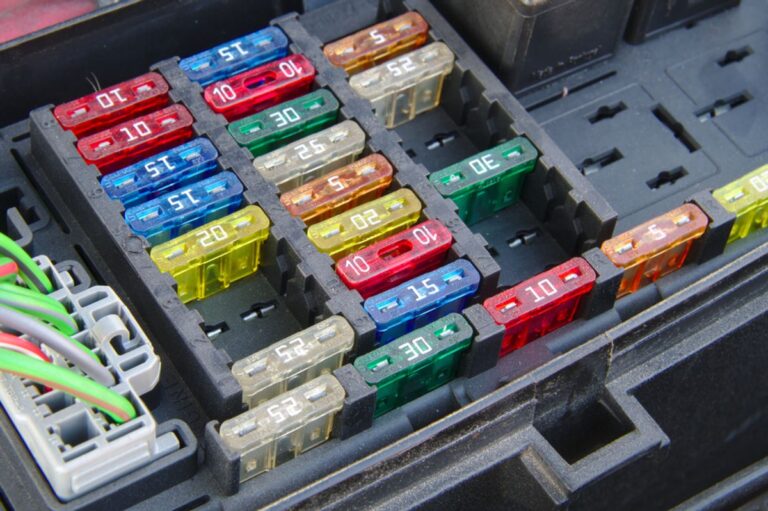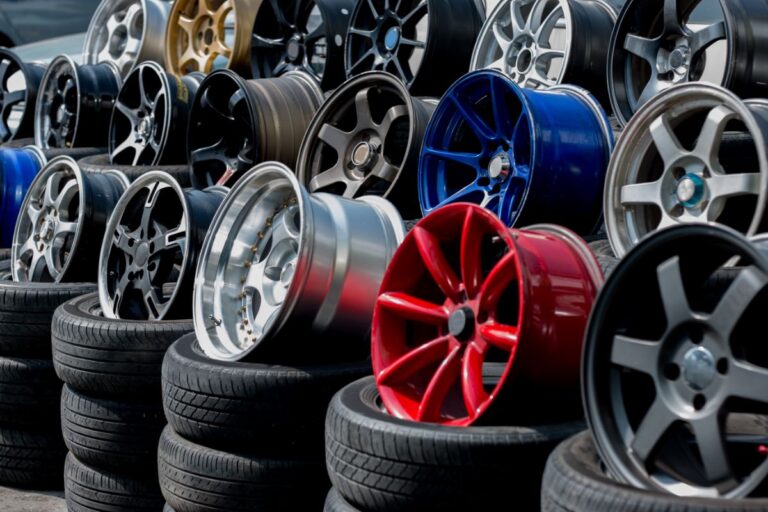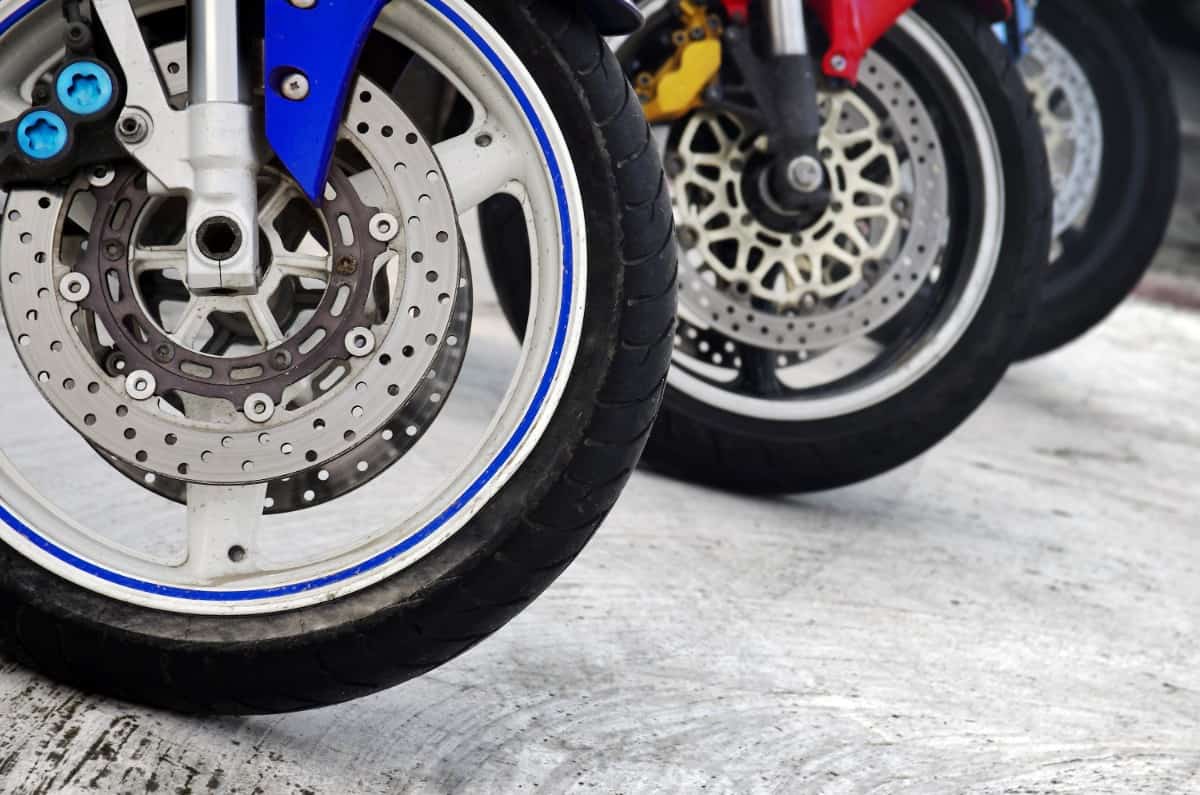
Not all motorcycle tires are the same. While they are all curved to help you lean into the corners, they all have a different use. All motorcycle tires are specifically and uniquely designed for specific use. When you do not use the proper tire, you most likely will be unhappy with the ride. Continue reading to find out about all the different types of motorcycle tires.
Related: Different Types of Tires for Cars | Types of Tires for SUVs
Types of Tires for Motorcycles
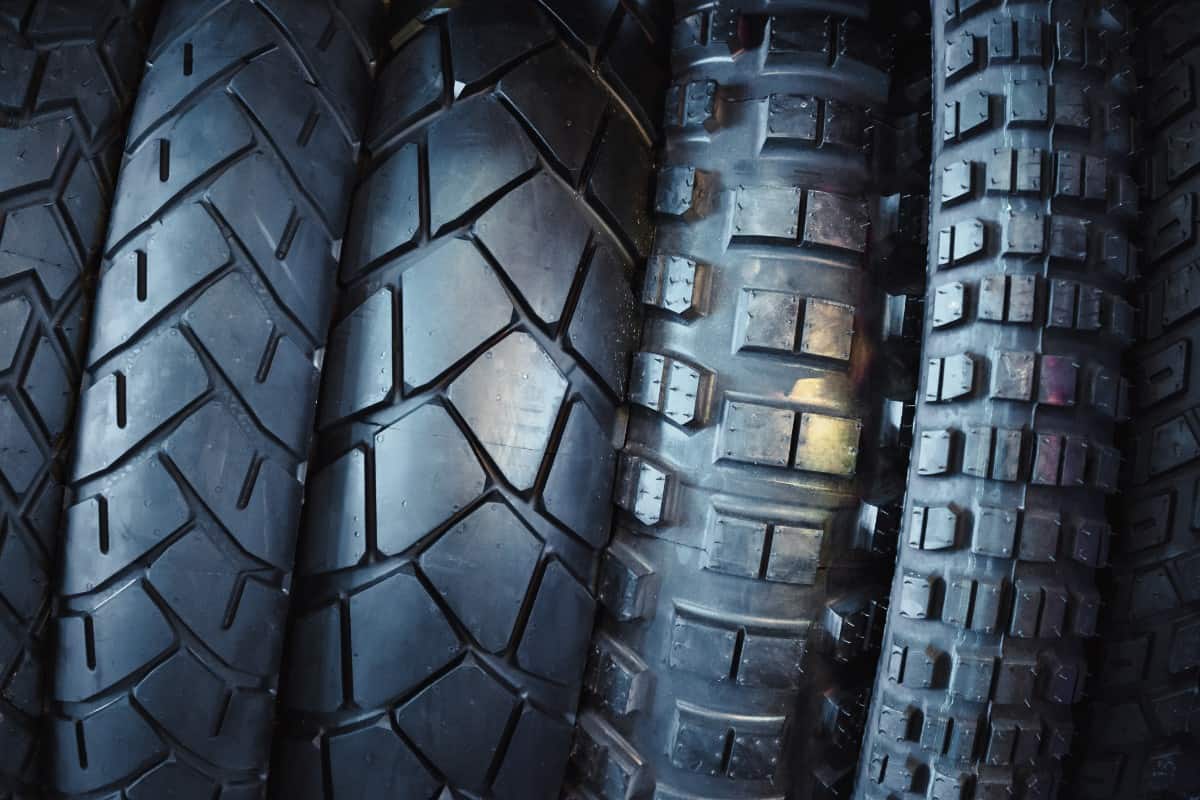
There are numerous options when it comes to motorcycle tires, and people often group them in different ways. Therefore, this article stays broad when discussing the different types of tires.
Cruiser
Many people put cruiser and touring tires in the same category, but they do have some slight differences. Cruising tires are more intended for straight-line riding. A cruising tire provides more stability.
Cruising tires are more robust than other tires and ideal for heavier bikes. They last for longer miles and provide traction on wet roads.
Cruising tires have deeper treads and are constructed from hard compounds. As a result, these tires wear less and last longer. In addition, they have sidewalls that are stiffer for tandem riding and holding saddlebags. These tires are typically on big cruiser bikes.
Pros:
- Great for straight lines
- Ideal for heavy bikes
Cons:
- Not the best at corners
Touring
Touring tires are better able to take corners than cruising tires. These tires provide excellent traction and are constructed for long distances. These tires act like sport tires, but their profile is flatter for more stability for the straights.
Touring tires are more rigid and do not have as much grip as some other style tires.
Typically touring tires have belts in the construction. These cords are made from fiberglass, aramid, or polyester. They are ideal for absorbing bumps on the road.
In addition, touring tires perform well in wet road conditions because they keep water away from the spot that contacts the road.
Pros:
- Great for corners
- Provide more traction
- Perform in wet conditions
Cons:
- Not as much grip
Sport / Super Sport
Sport tires are intended for sportbikes that are lightweight or street bikes that are high-performing. These tires give the rider the most precise handling with incredible grip. In addition, sport tires are light and nimble because they are made from softer compounds. As a result, riders are able to lean deep into the corners.
Some sport tires have a centerline that is incredibly pronounced, making the transition from side to side more manageable and faster. Sport tires are more rounded and have fewer tread lines which allow the tires to have significant contact with the road. In addition, they have a stiffer body under the tread to offer the rider support and stability during high speeds and braking.
Sport tires are constructed of multiple compounds to provide a balance of traction and good wear.
Pros:
- Nimble, lightweight, and responsive
- Allow riders to get deep in the corner
Cons:
- Not the best for wet road conditions
- Not intended to last for long distances
Sport Touring
Sport touring tires are a combination of sport and touring tires that have been optimized to balance the best of both tires. As a result, these tires have incredible traction and get long mileage. Sport touring tires are ideal for a ride that spends a lot of time cruising but also likes to take corners.
In addition, these tires are suitable for a rider that wants to take their bike from their weekly commute to twisty roads on the weekend.
These tires are made from dual compounds that have a soft rubber on the sides to give them an incredible grip for cornering. The center of the tire is constructed of a harder compound to provide stability and mileage. Sport touring tires perform well in wet road conditions.
Pros:
- Great handling
- Longer miles
Cons:
- More expensive type of tire
Dual Sport / ADV Tires
The dual-sport or ADV tire stands out, and you know one as soon as you see it. These tires have been approved by the Department of Transportation (DOT) for the road. They are also able to handle off-road conditions such as dirt, mud, rocks, and some sand.
The tires have knobs on them to allow them to handle these conditions. Test aggressive knobs give the tires the ability to have a more significant percentage of time off-road than on. As a result, some of these tires can handle a heavier load and more road riding.
Each of the dual-sport or ADV tire come with a rating to indicate how much of their time can be spent on the road. You may see percentages like 85/15, which means that the tire is intended for 85% usage off-road. The higher the off-road ratio is means the tire will have blocks, or knobs, of the tread.
These treads allow the tire to self-clean and provide grip. The higher the off-road percentage, such as 90%, means the tires are ideal for loose dirt or wooded tracks. Tires that are closer to 50/50 provide a great ride on hard surfaces as well as softer ones.
You can select a tire that suits your riding style and conditions.
Pros:
- They are more customizable
- You can select a higher off-road percentage to meet your needs
Cons:
- You may not be able to use your tire for multiple uses
Off-Road / Motocross
These tires are intended for the true off-road rider. They are not intended to spend any time on the road. They have a sizeable knobby construction to give the rider the best traction in the softest terrain.
These tires are intended for motocross. Motocross tires have tread that wraps around the sides of the tires and extends at an angle to the center. This gives an excellent grip when leaning into a sharp and raised barrier on soft surfaces.
Pros:
- Ideal for motocross riding conditions
Cons:
- Not intended for road use
FAQs
What is the Purpose of a Motorcycle Tire?
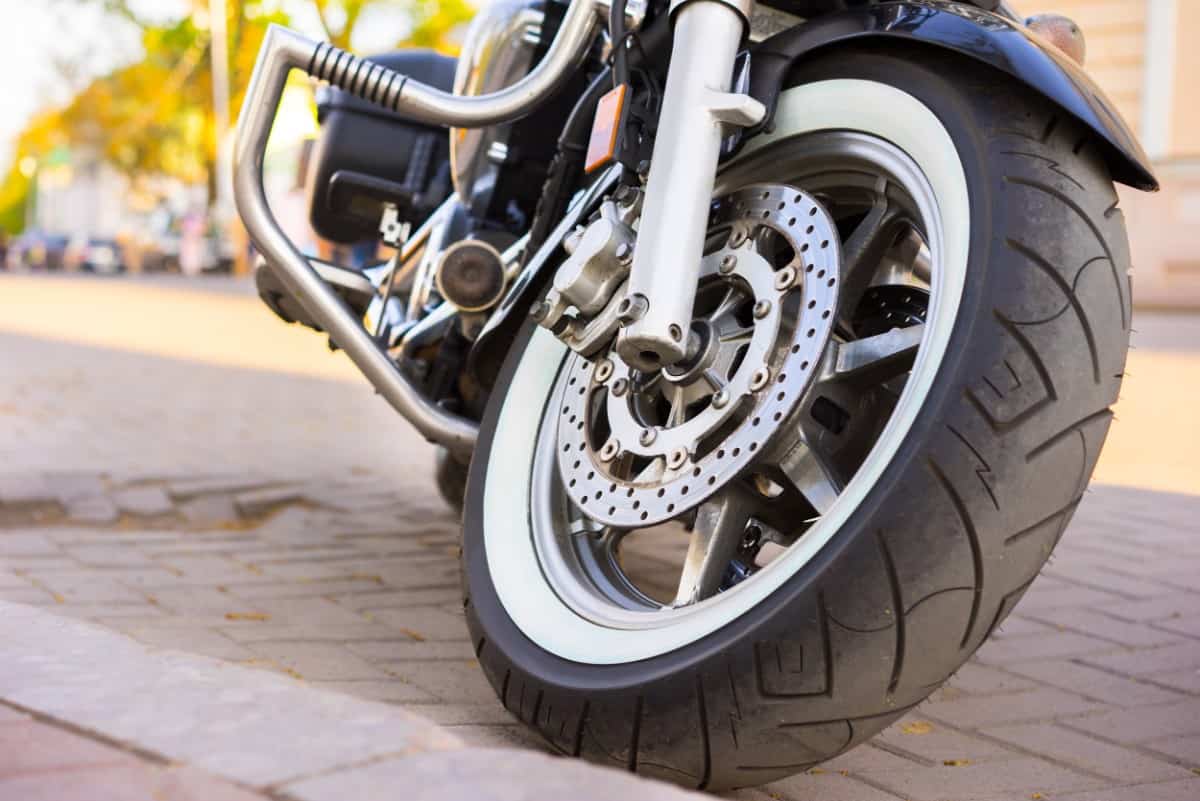
Tires provide the traction to allow you to accelerate, brake and turn. They are part of the suspension of your motorcycle. They help to absorb the impact of bumps before your shocks even begin to do their job; tires act.
Tires must perform in cold temperatures, hot temperatures, and wet conditions.
Tires are a critical part of your motorcycle, and you must pay attention to them. If steering seems off, it could be that your tires do not have enough air. If the steering is wobbling or vibrating, your tires could be damaged or have a leak. It would be best if you did not ignore these signs.
What is a Bias-Ply Tire?
A bias-ply is constructed by piles being laid on top of each other. One pile is laid on a diagonal, and the next pile is placed on top going in the opposite direction. This creates a crisscross pattern.
These tires are varying strengths from 2 ply, four ply, six ply, and up. At one time, the rating was based on the number of piles. Today, the number indicates the strength of the tire. These tires have stiff sidewalls making them ideal for heavier bikes or heavier loads.
Stiffer sidewalls help the tires while cornering. These tires are known to go longer miles. Bias-ply tires can use a tube, which riders need for off-road. However, these are not the best choice for high speeds because they do not dissipate heat well. They tend to overheat and deteriorate. In addition, bias-ply tires do not flex well.
What is a Radial Tire?
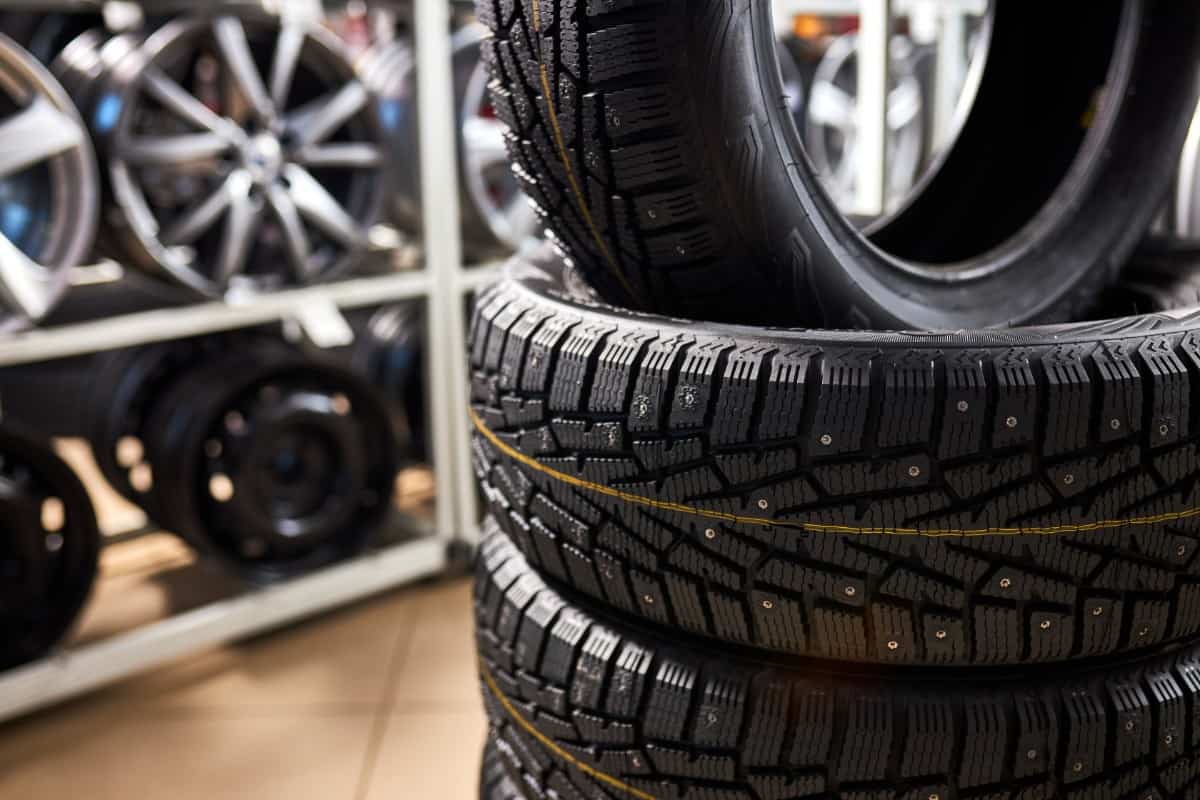
The piles are laid differently in a radial tire. They are laid down perpendicular in the direction of the tread or from bead to bead. The piles are over the face and down the sidewall of the tire.
This creates a wrapping effect for the tire. Most radial tires have belts, typically steel, to stabilize them and reduce the amount of wear they endure. Radial tires are thinner and also slightly weaker. Some tire manufacturers use other materials to reinforce them.
They provide a smooth ride because of the softer sidewalls. They provide absorption for bumps. Radial tires flex in the corners, which gives the rider more traction.
These tires are able to dissipate heat very well. Since these tires are belted, they are able to distribute better weight which helps to reduce the heat. Motorcycles are able to go faster when the heat does not build up in them. However, they are more likely to get punctures. These tires cannot be used with a tube.
How Do I Know When to Replace My Tires?
It is critical to know when you should replace your motorcycle tires. While it may seem obvious that you should replace them with they are worn, it may not be as easy to determine when they are worn enough to replace them. However, there are some determining factors that help you decide if now is the right time to replace them.
Tread Depth

One of the most obvious ways to know when it is time to change your tires is the depth of the tread. There is a level that indicates it is no longer safe for you to ride on the tires. When you ride too long on your tires, and the tread is significantly worn down, the tires are no longer safe.
As a result, you may have less grip and leave yourself open to blowouts. You can check the depth of the treads on a regular basis. Just like your car tires, you can check the tread on your motorcycle tires with a penny.
When the tread on your tire is 1/32 of an inch or 1 mm, it is time for new tires. The best way to determine this is to look for the more worn part of your tires, typically in the center. You want to insert a penny into the tread with Lincoln’s head in first. If the tread touches any part of Lincoln’s head, you have at least 2/32 of an inch, and your tire tread is still good.
Tire Damage
If you have any damage to your tire, riding on it is not safe. If you notice any imperfections in your tire, you need to replace them because they are unsafe. In addition, you must check your tires regularly for damage. You should look for bumps, uneven wear, broken chords, and missing lugs if your tire has them.
Age of the Tires
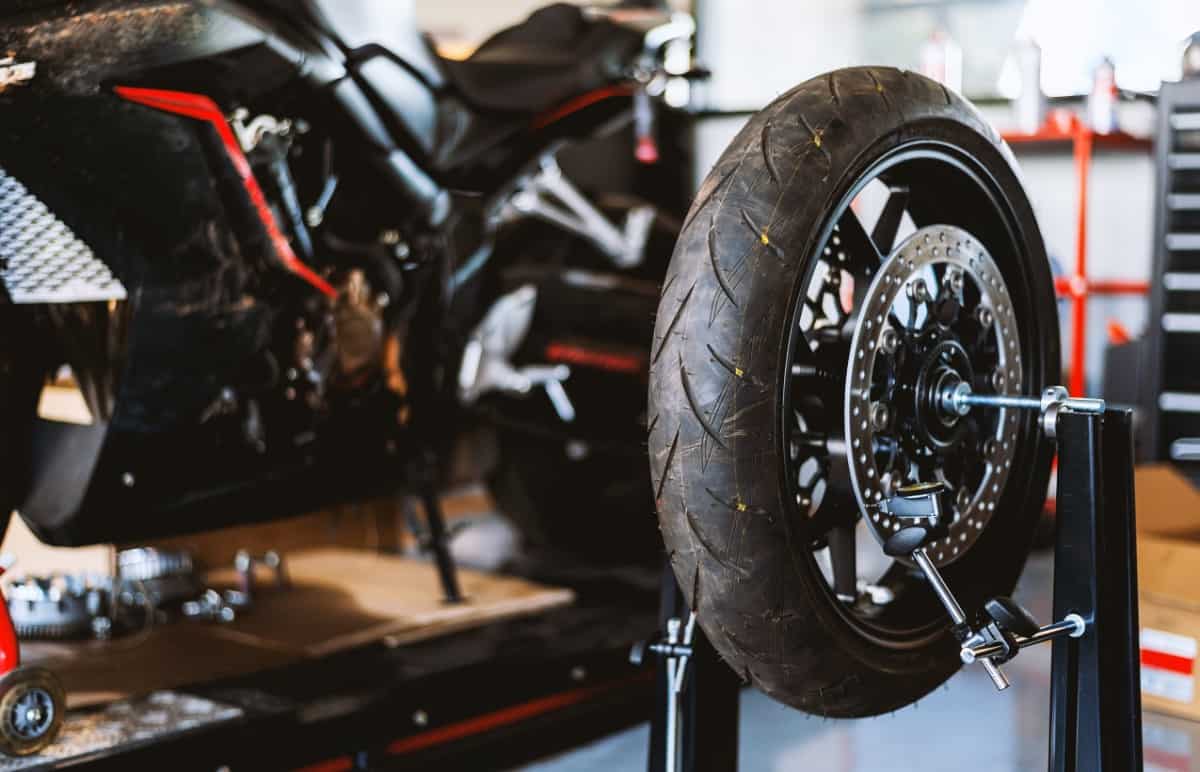
While tires may not have a specific age limit, they do begin to break down over time. Even if you do not have a ton of miles on the tires, they may still be old and deteriorating. Over time, the tires get hard, and the rubber is going to break down.
This happens even faster when the tires are left out in the sun. A good indication of the age of the tires is if they have surface cracks on them. This is often referred to as weather checked.
Even if you are not seeing cracks on the outside, the tires may still have become compromised. All tires have a date printed on the sidewall. When you purchase tires, you want to select the ones that are the youngest.
You want to ensure that wherever you are buying tires has a high turnover rate for their tires to ensure you are getting the newest ones. Even though tires do not have a set amount of time when they need to be replaced, many manufacturers recommend that you replace them when they are six years old.
Need a Different Style
Sometimes your tires no longer meet your needs. Motorcycle tires are specific to the type of riding you plan to do. If you find your tires no longer meet your needs, it is time to get a new type of tire.
When you purchase tires, you may not be sure what type you need. It may take a little bit of trying on some tires to get the right ones.







